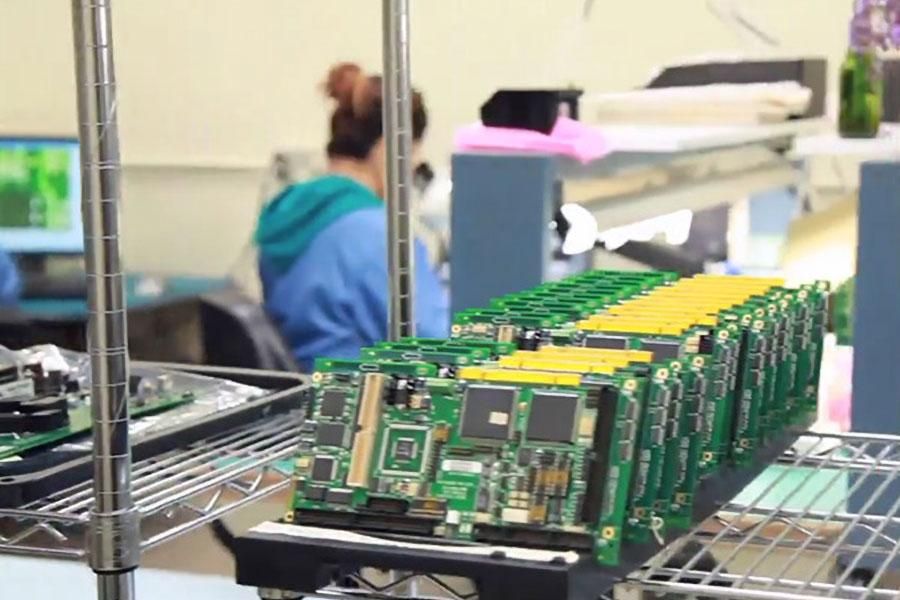In the realm of electronics manufacturing, terms like Printed Circuit Board (PCB) and Printed Circuit Board Assembly (PCBA) are often used interchangeably, leading to confusion. However, it’s essential to understand that they represent two distinct facets of the manufacturing process.

What Sets PCB and PCBA Apart?
While both PCB and PCBA are integral to the electronic device production cycle, they serve different functions:
- PCB: PCBs serve as the foundational building blocks of electronic devices. They provide mechanical support and electrical connectivity for various components. These boards, typically composed of laminate materials like fiberglass or composite epoxy, feature conductive pathways that facilitate connections between components.
- PCBA: On the other hand, PCBA denotes a completed circuit board assembly equipped with all necessary electronic components to render it functional. Unlike PCBs, which lack components, PCBA is a fully assembled board ready for integration into electronic devices.

Types of PCBs and Their Applications
PCBs come in various types tailored to specific applications:
- Single-Layer PCBs: Basic boards coated with a single layer of conducting material, ideal for straightforward applications.
- Double-Layer PCBs: Featuring conducting layers on both top and bottom surfaces, these boards offer enhanced flexibility and compactness.
- Multi-Layer PCBs: Utilizing more than two conductive layers, these boards cater to complex electronic systems.
Understanding PCBA Assembly Techniques
PCBA involves intricate assembly processes to integrate components onto PCBs. The two primary methods are:
- Surface-Mount Technology (SMT): This automated assembly process mounts components directly onto the PCB surface, offering high connection densities and compact designs.
- Thru-Hole Technology: Involving drilling holes into PCBs to accommodate component leads, this method ensures robust connections suitable for demanding applications.
The Interplay Between PCB and PCBA
PCB manufacturing serves as the foundational step preceding PCBA. While PCBs lay the groundwork, PCBA completes the assembly process, transforming blank boards into functional units. Both steps are indispensable in producing electronic devices.
Our Comprehensive PCBA Solutions
At CEN PCBA, we specialize in delivering top-notch PCB assembly services, ranging from board-level assembly to box build integration. With our state-of-the-art facility and seasoned expertise, we cater to diverse client needs across major East Coast cities. Partner with us for unrivaled quality, timely delivery, and unmatched service excellence.
Contact us today to explore how our PCB assembly services can elevate your electronic manufacturing endeavors.